The RS 200 comes with a see-through visor, small but effective in deflecting wind while pushing high speeds gunning down the long Bajaj test track back straight. High set – but lower than the 200NS – clip-on handlebars are standard as is a sporty, compact cockpit, with a broad, well laid out instruments panel. There’s a large analogue rev counter, redline starting at 9,500rpm, with a shift beacon on the top left and digital format for other readings, including a speedometer, odometer and the other regulars. Bajaj-typical crisp functioning switchgear is in place with an engine kill-switch on the right. The RS 200 comes with nice palm grips and dog-leg shaped brake and clutch levers, along with a set of fixed stalk fairing-mounted mirrors that function well to offer good rear view.
Split seats look sporty and feel comfortable enough for a motorcycle as sporty as the RS 200.
The RS 200's engine sits encased under the bike fairing, the new Pulsar’s broad perimeter frame spars reaching over to the swingarm. There’s thoughtfully provided scratch protection for the tank, Pulsar-typical boomerang shaped side panels that are perforated and a free formed tail-light cluster that looks a bit over the top. A generous sprinkling of alloy parts and neatly integrated grab bars are standard fare on the RS 200. Overall quality and fit-finish are both good.
The Pulsar RS200 is powered by a really refined and smooth, 199.5cc, four-stroke, single overhead camshaft and liquid-cooled engine with triple spark-plugs. The engine is shared with the Pulsar 200NS, the RS gaining fuel-injection technology. Thanks to this, power output is one bhp up on the RS, 24.2bhp at 9,750rpm now with maximum torque of 1.9kgm output at 8,000rpm.
The RS 200 offers light, well-weighted clutch feel, and its six-speed gearbox shifts precisely, in the one-down, five-up pattern via a toe-shift lever. Gearing is different from the 200NS, and the engine revs a bit higher in its new state-of-tune, the RS peaking out just over 130kph in fifth and 146kph in top, both indicated, but significantly higher than the 200NS. Throttle response is nice, the RS 200 offering smooth power delivery. The powerband is wide, coming in with a nice, linear flow and this Pulsar likes being ridden hard and revved high, performance feeling best when up-shifting with the rev indicator nudging redline territory.
Acceleration feels in about the same bandwidth as the Pulsar 200NS, so expect to see a 0-60kph time of about 4 seconds, with 100kph achieved in close to 11secs.
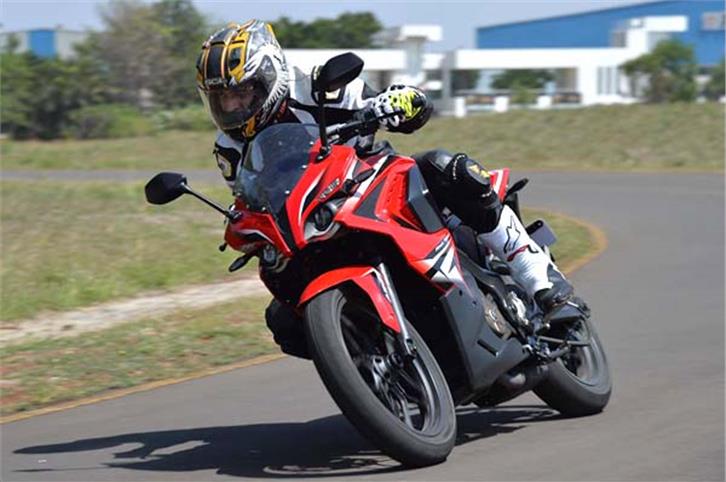

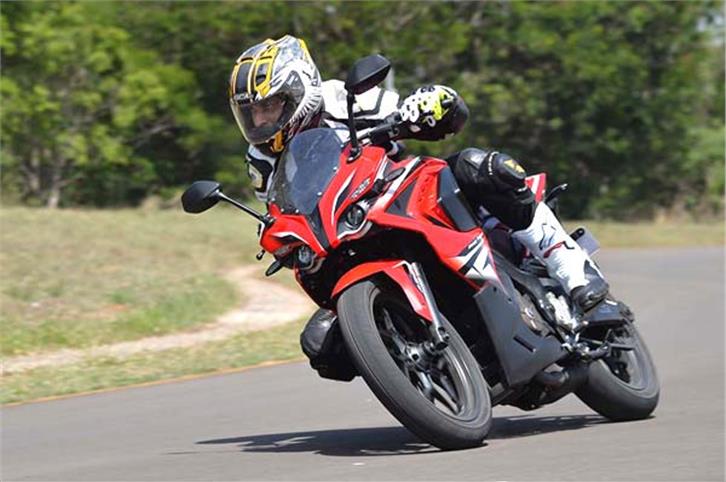
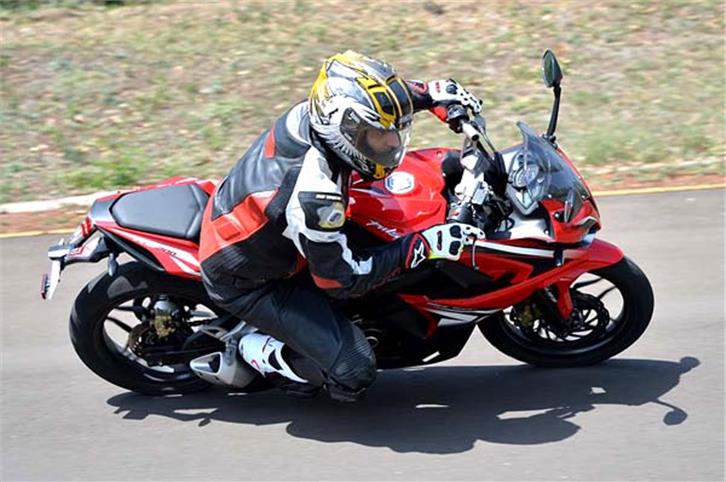



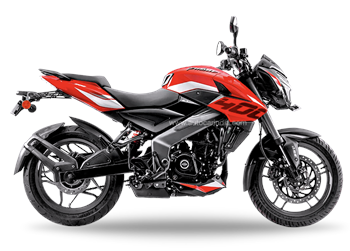



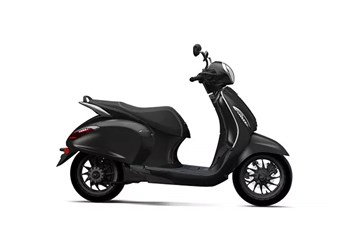

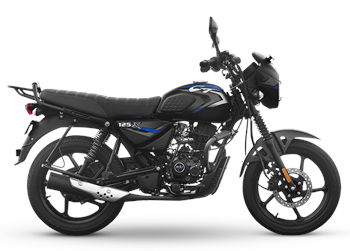
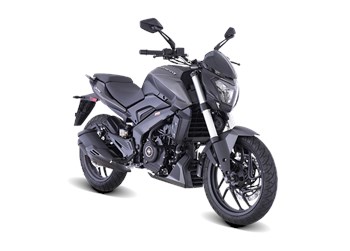
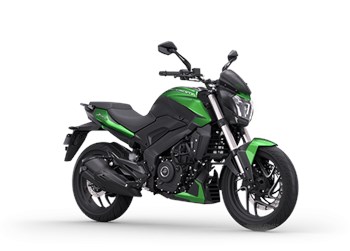

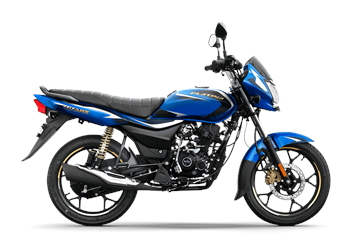
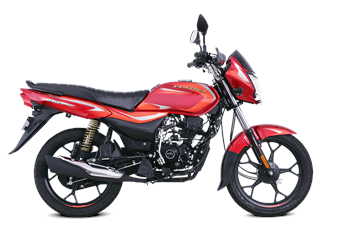

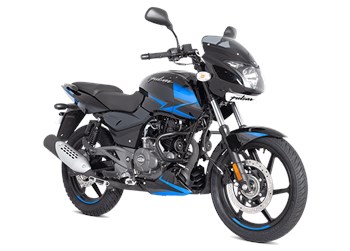
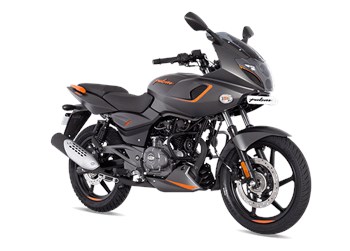

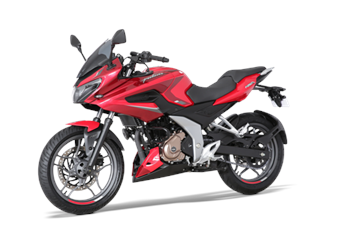
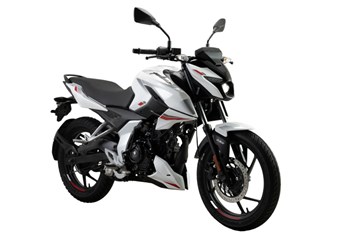


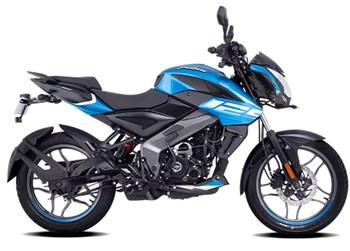

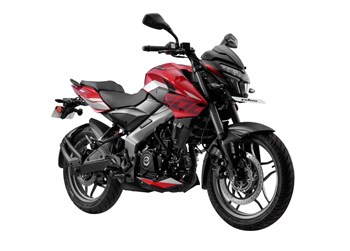


Comments
Member Login
Personal Details
No comments yet. Be the first to comment.